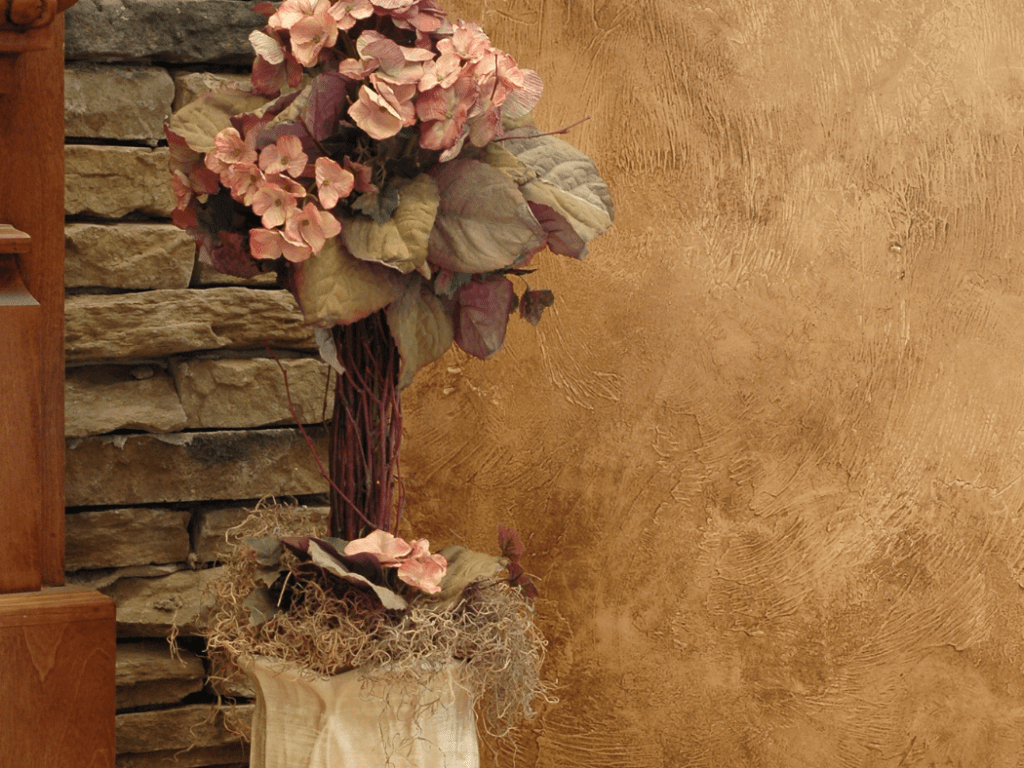Faux finishes have been making a comeback recently and have become an increasingly popular alternative for decorating walls in the most creative ways. It offers to attract and give beauty to a standard accent wall. Here are a few gorgeous faux finish ideas that you can use for your next decor project.
Ready to take your home décor to a whole new level without breaking the bank? Look no further than the world of faux finishes! These artistic techniques transform your humble abode into a designer’s paradise by mimicking the appearance of luxurious materials like marble, wood, or stone.
And the best part? You don’t need to be a master artist to dabble in this magical realm. With a little creativity, a splash of paint, and a few trusty tools, you’ll soon have your friends and family marveling at your newfound decorating prowess.
So, strap on your DIY cape, grab a brush, and let’s dive into the enchanting world of faux finishes for home decor!
What Is Faux Painting?
It is a decorative painting method in which the result looks like stone, cloth, or wood. This painting method is also known as faux finishing. Faux finishing can add texture or detail to your home by applying it on walls, ceilings, doors, and furniture using similar painting techniques.
This method of painting is sometimes more complex than standard paint jobs. For example, if you want to create a faux window, that might take a steadier brush than a beginner DIY enthusiast might have. However, beginners can do specific techniques, such as sponging. You might engage an artist or a home remodeling business for significant work.
Faux painting can create a variety of looks, such as marble, woodgrain, stucco, and more. Painting with this technique is done by layering different colors and hues of paint to achieve the desired effect. The layers should be allowed to dry in between each coat. In addition, a sealer may be applied over the faux finish to give it a longer-lasting life.
The Rise, Fall, and Resurgence of Fax Finishes
Faux paint finishes have experienced varying levels of popularity over the years. As of today, faux finishes are still in use, but their popularity has evolved and adapted to the current design trends.
Homeowners and designers now tend to use these techniques more sparingly, often incorporating them as accents or statement pieces rather than applying them to entire rooms.
The key to successfully integrating faux finishes in today’s homes lies in striking the right balance between subtlety and boldness. When done correctly, faux paint finishes can add texture, depth, and visual interest to spaces without overpowering the overall design. Additionally, they offer a cost-effective alternative to using expensive materials or committing to a particular style for the long term.
While faux paint finishes may not be as ubiquitous as they once were, they continue to be a popular decorating technique in today’s homes when used tastefully and in moderation.

Easy Faux Painting Techniques
Unlike traditional painting techniques, faux finishing does not require multiple coats of perfectly applied paint. You can achieve different effects with less total effort, whether it be marble, woodgrain, or something else. This makes the process simpler and less time-consuming than other methods.
Faux finishes are also great for camouflaging any imperfections in walls that may have been caused by wear and tear over time. The unique textures created by these finishing techniques will help draw attention away from any wall blemishes and create a more consistent look overall.
Faux finishes are not limited to just walls either; they can be applied to furniture as well! When done properly, this technique can make old furniture appear brand new again and at a fraction of the cost of buying new.
Ultimately, faux finishing is an excellent way to update and refresh your home’s décor in a creative way that does not require major renovations or changes. With so many options available for customizing your own look, you’re sure to find something that fits your particular style or taste perfectly!
Here are just a few of the most popular faux-finishing techniques.
Sponging
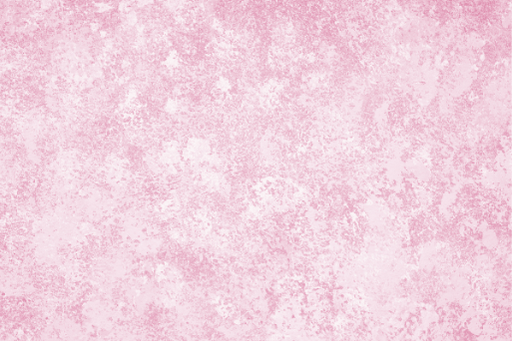
This technique involves using a sponge to apply or remove paint, creating a textured, multi-layered effect. Sponging can be done with one or multiple colors, depending on the desired look.
Sponging is one of the simplest decorative methods to master. You can use a sponge, glaze, and two or three paint colors. These are all required to add accent, color, and texture to any
kitchen, bathroom, or bedroom area.
Dip a moist sea sponge into a glaze/paint combination and softly dab the mixture on the wall randomly. Use a glaze color as your base color to get a subtle effect. Choose a glaze color from a different color group for a more dramatic effect.
You can also upgrade other parts of your house by acquiring loans. There are a lot of flexible HELOC loans available to help you financially in renovating your home. It is helpful for homeowners aiming to upgrade their homes, such as adding new rooms or improving their bathrooms.
Color Washing
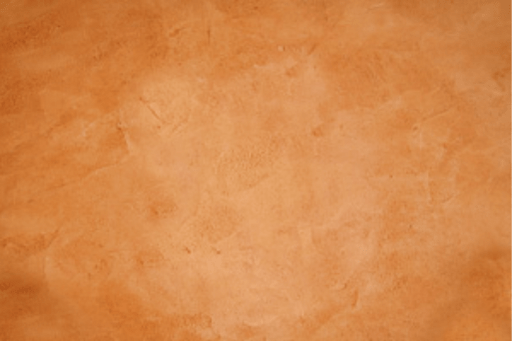
Color washing involves applying a thin, semi-transparent layer of paint over a base color to create a subtle, layered effect. This technique adds depth and warmth to a room and is often used to create an aged or weathered appearance.
Color washing, often known as the “broken finish” method, may provide a real old-world vibe to any area by making it appear aged over time.
Apply a thin, transparent glaze over a contrasting base color and use feathery brush strokes for a casual, smooth surface. It would look fantastic in a kitchen, family room, den, or main suite.
Color washing works best when all colors are visible, including the base and brushed layers. Your brushwork should paint as randomly as possible to get that appearance, with bare areas and bristle traces visible. The more random your brushing, the more positive the result.
Rag Rolling

Similar to sponging, ragging uses a rag or cloth to apply or remove paint from the surface. This technique creates a more subtle texture than sponging, often resembling fabric or soft, organic patterns.
You may get the rich effect of worn leather or weathered stucco using rag rolling. Roll paint on or remove it sporadically using a twisted or bunched-up cloth to produce a mottled look.
Rag rolling is a simple method to make a great impression on walls in any area, whether you want something modest or solid and striking.
Consider putting tapestry wall hangings to add designs to your wall. They could add a unique style to match it without overpowering your wall designs. It could also provide elegance and depth to a space.
Marbleizing

The different color variations, veining, and complex patterns in genuine marble inspired this method. Marbleizing creates the look of actual marble by applying colored glazes over a base coat. It used to adorn fireplace mantels, tabletops, picture frames, and walls. It takes time and work, but you can accomplish results that a stonemason would envy with sufficient skill.
You have many options when covering up your house’s dull, plain walls and other surfaces. It all depends on what type of faux painting techniques you choose. You can even use wallpaper to design your ceilings and walls.
Glazing
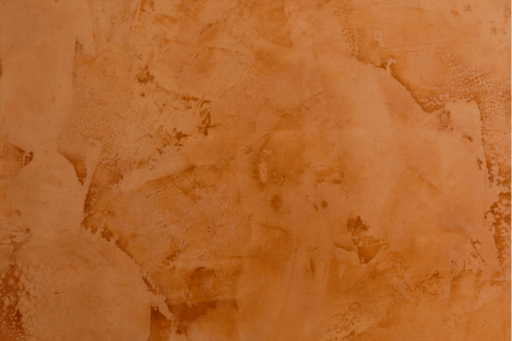
This technique involves applying a translucent, tinted glaze over a base coat of paint. The glaze can be manipulated using various tools, such as brushes, sponges, or rags, to create a wide range of effects, including marbling, wood-grain, and other textures.
Glazing faux finishes are a great way to infuse your walls with color and texture. To do the glazing technique, you’ll need two shades of glaze, a base coat of paint, brushes, sponges, and rags. Begin by painting a base coat onto your walls, making sure to completely cover the surface. Then, mix together a light and dark shade of glaze, using more light than dark.
Using either a brush or sponge in small circular motions, begin applying the glaze mixture onto the wall. Apply lighter shades near the corners and darker shades at the center of each wall to create an ombre effect. You can also use rags to create interesting patterns in the glaze such as wood grain or marble effect.
Once you’ve finished applying the glaze mixture to all desired areas on your wall and are happy with the design, allow it to dry fully before admiring your work! Glazing faux finishes can be used to create stunning accents for any room in your home that will last for years!
Venetian Plaster

Venetian plaster is a technique that uses a mixture of plaster and marble dust to create a smooth, polished surface with the appearance of natural stone or marble. The plaster is applied in thin layers and then burnished to create the desired texture and sheen.
Venetian plaster is a luxurious faux finish that can be used to add depth and texture to your walls. It mimics the look of natural stone or marble, creating a stunning focal point in any room. To create the Venetian plaster effect, you’ll need the following materials: a high-density foam roller, a trowel, a putty knife, and interior grade Venetian plaster.
To begin, apply a coat of base paint to your wall with the roller. Allow the paint to dry completely before beginning the next step. Next, pour some of the Venetian plaster onto your wall in an irregular pattern. Use the trowel or putty knife to spread and flatten out the plaster into an even layer. Allow this layer to dry for about four hours before applying more. Begin by adding additional layers until you reach your desired thickness and texture; for best results, apply two or three coats of plaster total.
Once all of your layers have been applied, use steel wool and water to burnish it until it’s smooth and glossy. Finish up by wiping away any excess moisture with a damp cloth and allow your faux finish to dry. With its elegant appearance and timeless appeal, Venetian plaster is sure to make any space feel luxurious!
Stenciling
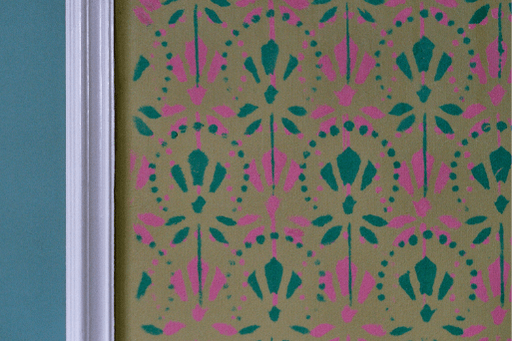
Want to add a bit of country or farmhouse charm to your home, try stencilling. Stenciling involves using a template to create patterns or designs on a surface. This technique can be used to create intricate patterns, borders, or accents, and is often used in combination with other faux finishes.
1. Gather the necessary supplies – stencil, paint, foam roller/brush, painter’s tape
2. Prep your wall by cleaning it and taping off any areas you don’t want to get paint on
3. Place the stencil onto the wall and secure with painter’s tape
4. Use a foam roller or brush to apply paint over the stencil in even strokes
5. Slowly remove the stencil from the wall while ensuring that all of its parts remain intact
6. Allow time for your design to dry before adding additional layers of color or details if desired
That’s Concrete? Faux Finishes for the Floor

Faux finishing techniques can breathe new life into your drab, concrete floors, turning them into visually stunning surfaces that mimic high-end materials. Here are several methods that can help you transform your concrete floors into a work of art:
- Acid Staining: Acid staining is a popular technique that uses a mixture of water, acid, and metallic salts to react with the minerals in concrete. This reaction creates a unique, marbled pattern with rich, earthy tones that can range from subtle to dramatic. Acid-stained floors offer a natural, organic look that adds character and depth to any space. The stain is also long-lasting and low maintenance, making it a great option for high-traffic areas.
- Epoxy Coating: Epoxy coatings are a versatile solution for concrete floors, offering a wide range of colors and finishes. The epoxy creates a durable, seamless surface that is resistant to stains, chemicals, and abrasions. One popular option is metallic epoxy, which uses metallic pigments to create a captivating, three-dimensional look reminiscent of swirling liquid metal, molten lava, or shimmering moonlight on water. Epoxy coatings are particularly well-suited for garages, basements, and commercial spaces.
- Concrete Overlays: Concrete overlays involve applying a thin layer of specially formulated concrete over the existing floor. This new surface can be textured, colored, and patterned to resemble materials like brick, slate, or flagstone. Stamped concrete is one example of this technique, where rubber stamps or mats are used to imprint patterns onto the wet overlay, creating a realistic and detailed texture. Overlays are a cost-effective way to upgrade your concrete floors while still retaining their durability and strength.
- Concrete Dyes and Stains: Concrete dyes and water-based stains offer a myriad of color options to customize your floors. These pigments can be applied in a variety of ways, such as using sprayers, rollers, or brushes, to create custom patterns, designs, or gradients. Combine different shades and application methods to achieve the desired effect, whether it’s a bold, geometric statement or a soothing, ombre wash.
- Concrete Polishing: Polished concrete is a technique that involves grinding, honing, and polishing the surface to create a smooth, glossy finish. The process reveals the natural aggregate in the concrete, giving the floor a unique, terrazzo-like appearance. Polished concrete is not only aesthetically pleasing but also extremely durable and low maintenance. This technique works well in both modern and industrial-style spaces.
By exploring these faux finishing techniques, you can dramatically upgrade your concrete floors, making them a stunning focal point in any room.
Whether you’re looking to create a sleek, modern space or a rustic, warm atmosphere, there’s a faux finish that can help you achieve the perfect look for your home.
The Bottom Line
Faux finishing has grown in popularity because of its low-cost and unique design that every homeowner wants. There are a lot of faux finishing techniques you can use if you ever think of renovating. You can use it on walls, ceilings, and furniture. While some methods require the assistance of a professional, amateurs can do the basic techniques.

